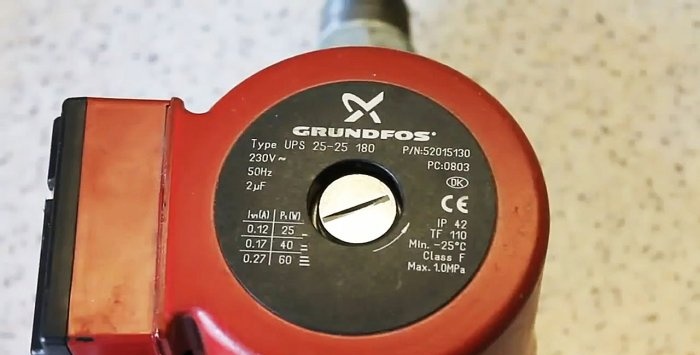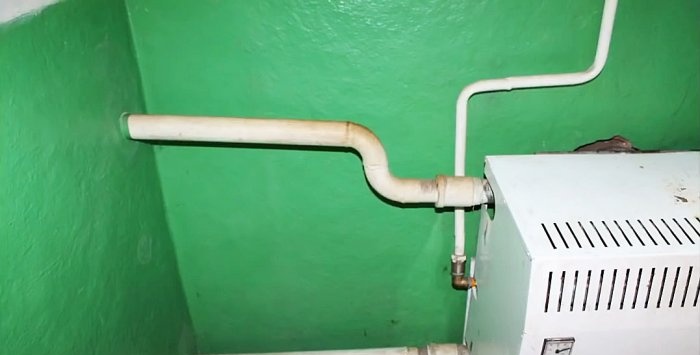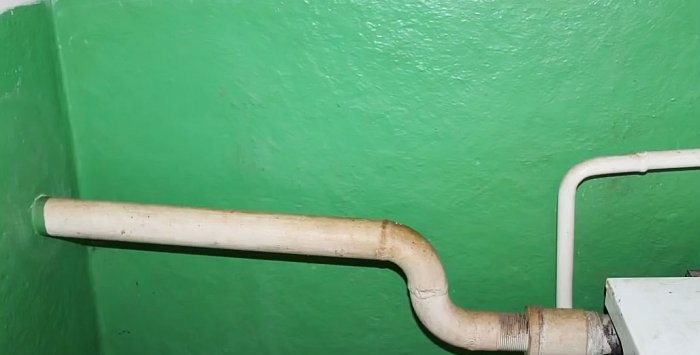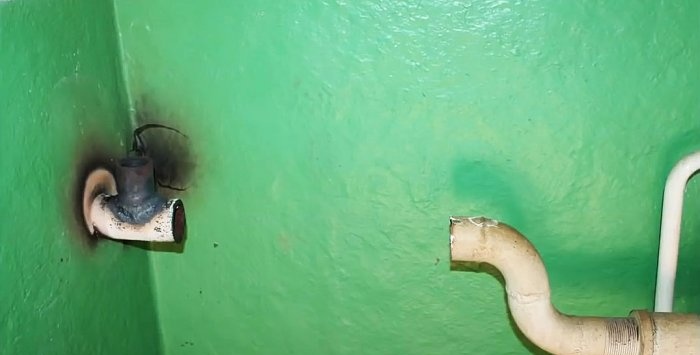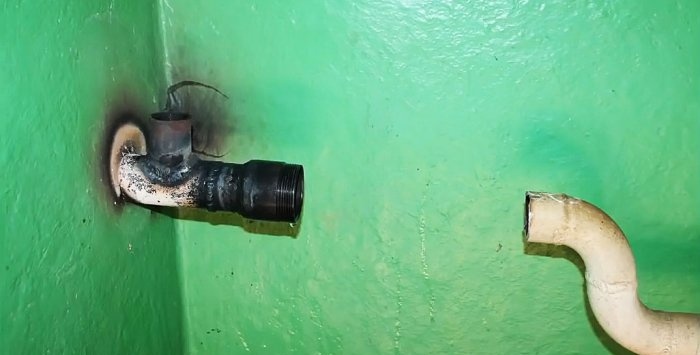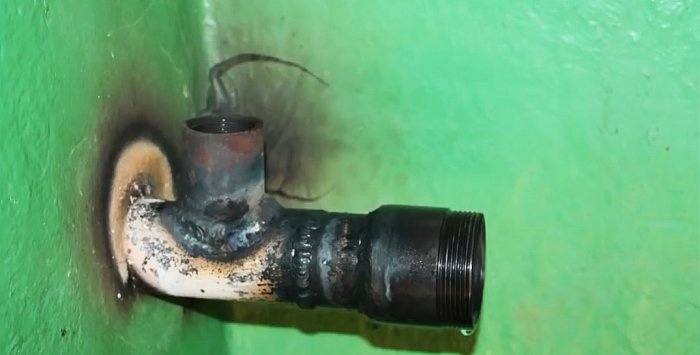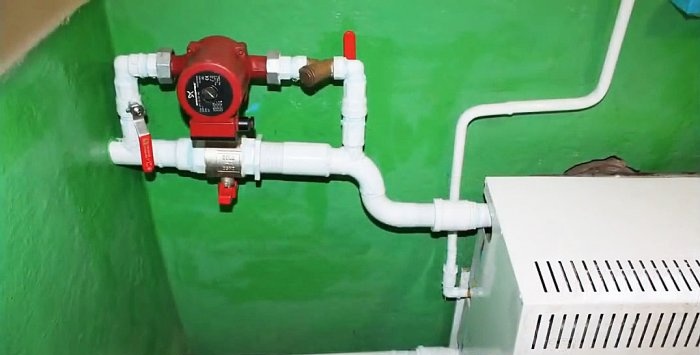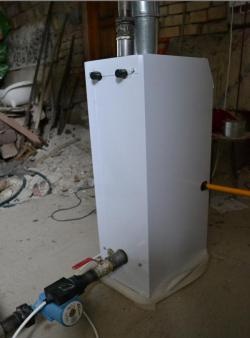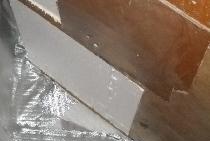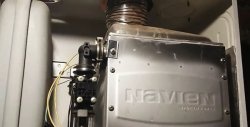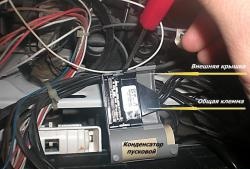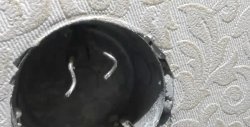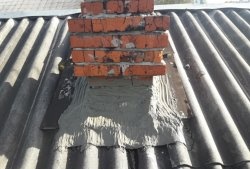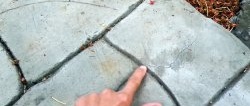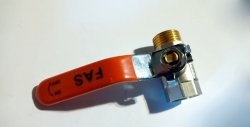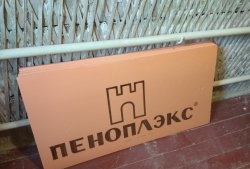A gravity heating system with water circulation, due to the difference in temperature (and therefore density) of the coolant in the forward and return pipes, can be installed and used only for small one-story houses. Today, for this purpose (and for large cottages of 2-3 floors, it is mandatory) circulation pumps are used, which have low power (usually up to 100 W).
How to install a circulation pump in a heating system
We will consider this procedure using the example of the GRUNDFOS product, but everything that will be discussed below can, with some minor clarifications, be applied to other brands of pumps.
You should pay attention to the main technical characteristics of the pump, which are indicated on the product itself. Of particular interest to us are power indicators. Our copy has 3 modes for this parameter: 25, 40 and 60 W, which will allow you to regulate the intensity of coolant circulation depending on the desired temperature in the room and the actual temperature outside.
In the case under discussion, the circulation pump is installed at the outlet of the gas boiler using a bypass. We cut a ball valve into the outlet pipe itself under the bypass using two bends welded to the outlet pipe. The operating position of this pipe fitting is closed. It opens (but at the same time the taps at the ends of the bypass close) only when for some reason the circulation pump does not work (no electricity, breakdown, replacement, etc.).
Since the pump is installed in an already existing heating system, welding work cannot be avoided.
Moreover, the welder must be highly qualified, since the bends will have to be welded into a pipe that is located fairly close to the wall.
Before the welder arrives, it is necessary to drain the water from the system and prepare two connections for the ball valve, with the help of which it will be permanently welded to the outlet pipe. If it breaks, the tap will have to be cut out and replaced with a new one. But since the main position of this fitting is closed, its service life is comparable to the service life of the entire heating system. So there is nothing to worry about.
The bypass with an inch thread is a symmetrical assembly with a pump in the center, to which brass corners are attached on both sides using American nuts (with a coarse filter at the inlet). Next come the taps, to the ends of which the taps are screwed, which are used for welding to the outlet pipe. The places of threaded joints must be sealed with gaskets or windings designed for high and constant temperatures.
The circulation pump, as noted above, has three power modes, set using a switch located on the body of the hydraulic supercharger.
Next, a section is cut out on the outlet pipe, which will be replaced with a ball valve with fittings.
First, the bypass pipes are welded vertically upward, then the ball valve horizontally.
The main thing is not to drip the threads of the squeegees with molten metal.
Upon completion of the welding process, a ball valve is screwed into the fittings intended for it. In the same way, a bypass with a circulation pump in the middle is assembled in series. Moreover, the axis of rotation of the pump rotor must be located horizontally. This will ensure long and trouble-free operation of the hydraulic unit.
All threaded connections are carefully sealed and tightened with tools of the appropriate size and shape.
To ensure reliability of assembly and increase aesthetics, it can be coated with paint to match the color of the heating system pipes.
Before connecting the circulation pump to the electrical power supply, it is necessary to set the taps to the operating position: closed on the outlet pipe, open on the bypass. It is impossible to allow, even for a short time when the boiler is running, a situation where all taps are closed. This may lead to failure of the heat generator.
Tips and notes
Sometimes even experts believe that the circulation pump should be installed not on the direct pipe, but on the return pipe of the heating circuit, explaining this by the fact that the water temperature in it is lower and therefore the pump will last longer.
However, this argument is not convincing, since the difference in water temperature at the inlet and outlet of the boiler rarely exceeds (and this is unacceptable!) 20 degrees Celsius. And this circulation pump, and all others similar to it, are designed for the temperature of the pumped liquid, heated to 100-110 degrees Celsius.
The only factor that determines the installation location of this unit for organizing coolant circulation is the ease of installation and maintenance during operation. But there is one exception. It concerns solid fuel boilers, which cannot be extinguished so easily and quickly when they reach operating mode.
Therefore, if such a boiler gets very hot and the pump is standing on the outlet pipe, then steam will flow into it, which a hydraulic pump of this type is not able to pump. This will further aggravate the heating of the boiler and accelerate its breakdown.
Therefore, on solid fuel boilers, it is more expedient to install a means for ensuring circulation of the coolant on the inlet pipe. At least you will have not 5, but a full 30 minutes to take action and put out the boiler.
It is necessary to carefully study the installation instructions for this circulation pump: the electrical box must not be installed below. If water flows, it will flood, a short circuit will occur and the pump will fail. This box is easily rearranged and should be placed on top or on the side. Also, the coarse filter should be directed straight down.


